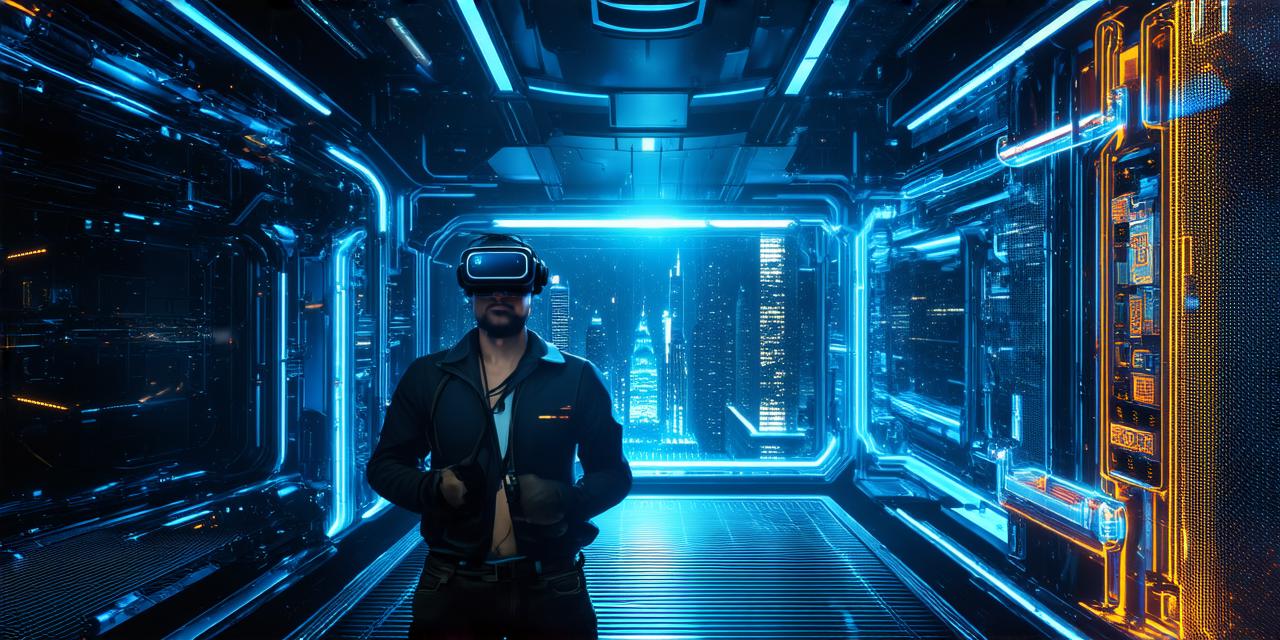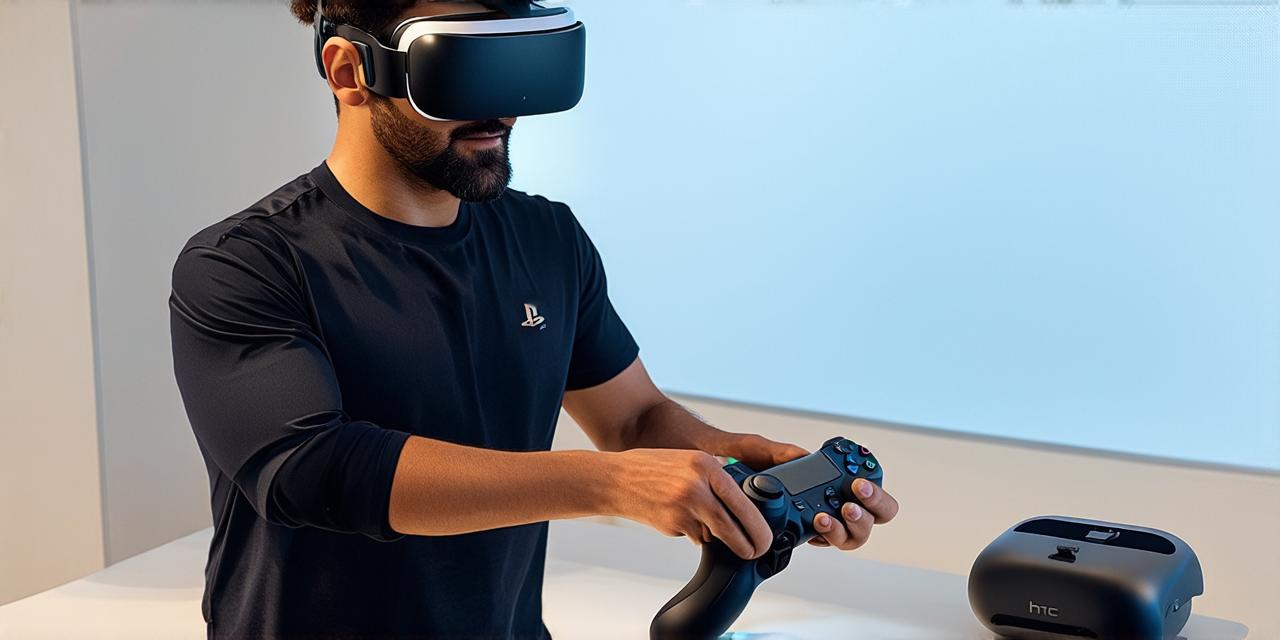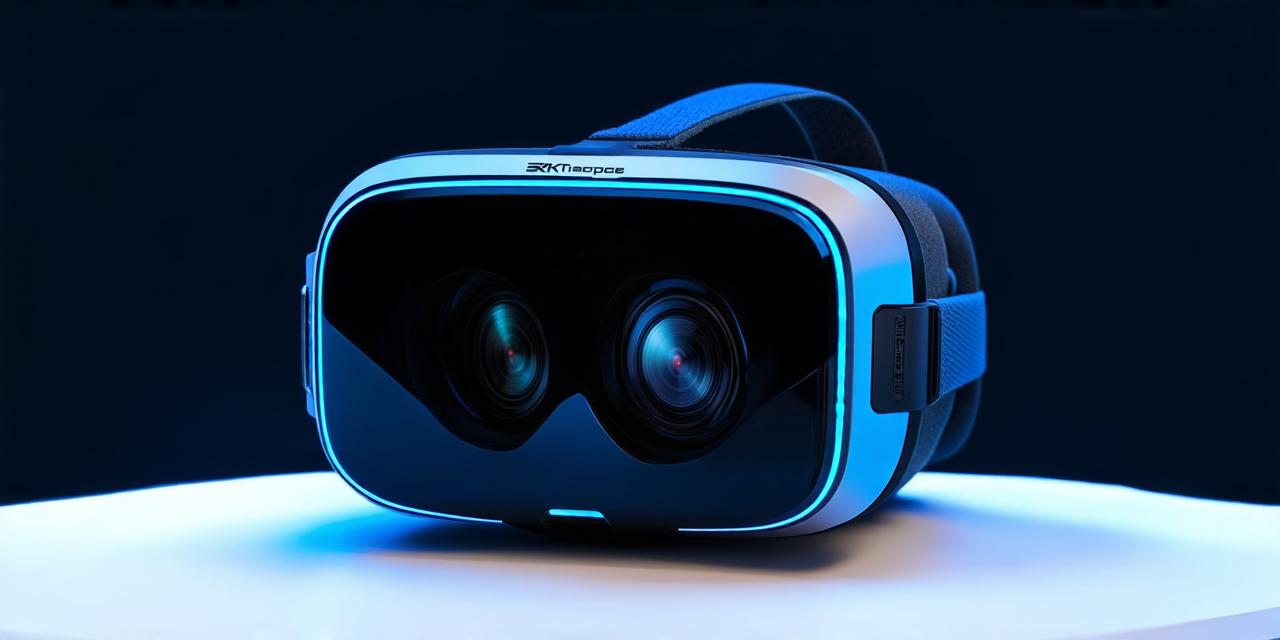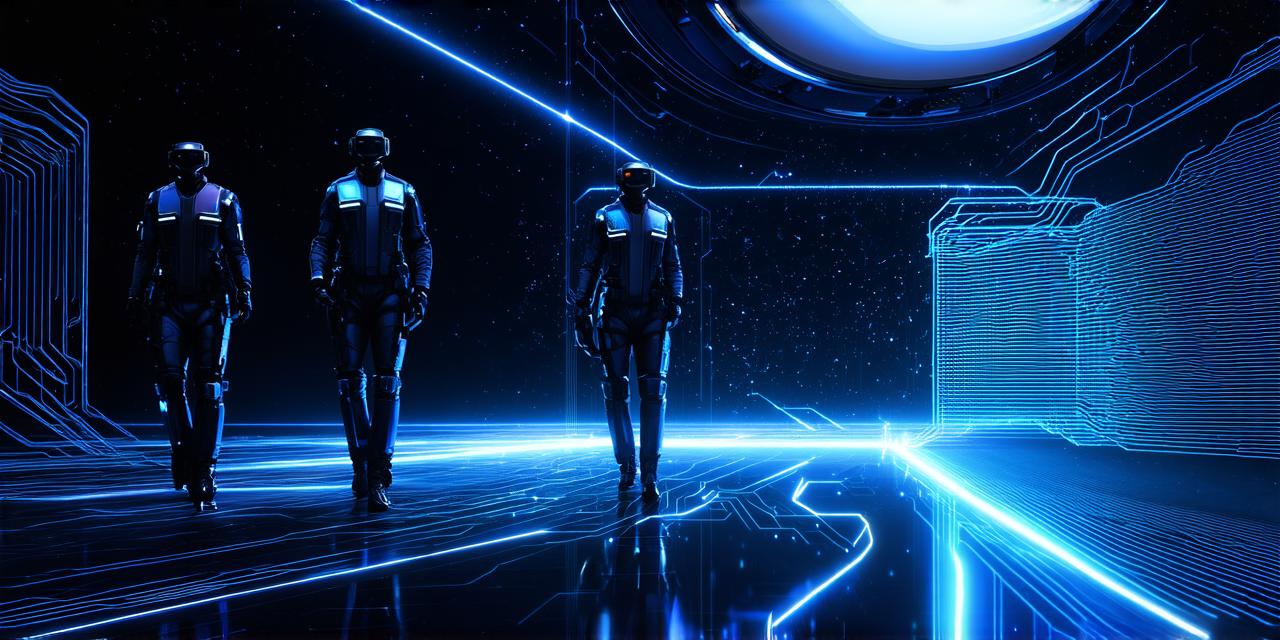Introduction
Virtual Reality (VR) is a revolutionary technology that has taken the world by storm. It’s an immersive, interactive experience created by computer-generated environments and simulations.
What is Virtual Reality?
Virtual Reality is a simulated environment that can be similar to or completely different from the real world. It’s experienced through devices such as headsets, gloves, and other sensors that allow users to interact with this digital world. The primary goal of VR is to create an immersive experience where the user feels present in the virtual environment.
Components of Virtual Reality
- Head-Mounted Display (HMD): This is the most common device used for VR. It includes a screen, two small telescopes through which the user sees the virtual world, and built-in sensors to track head movements.
- Sensors and Tracking Systems: These devices help in tracking the user’s movements within the virtual environment, providing a more immersive experience.
- Input Devices: These can be controllers, gloves, or even full-body suits that allow users to interact with the virtual world.
- Software: This is responsible for creating and rendering the virtual environment, as well as processing user inputs.
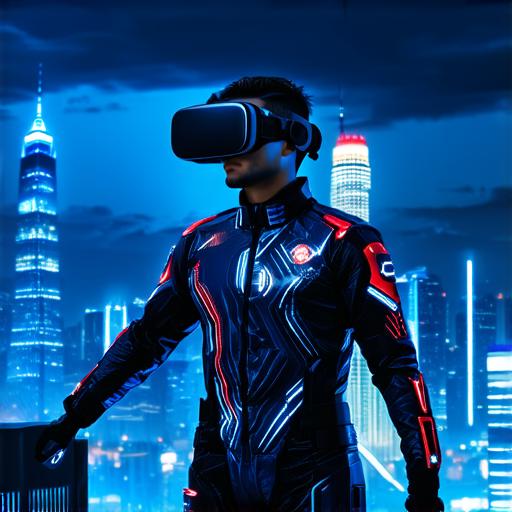
Applications of Virtual Reality
- Gaming: VR has revolutionized the gaming industry, offering immersive experiences that were previously unimaginable.
- Education: VR can transport students to historical sites, laboratories, or even outer space, making learning more engaging and effective.
- Training and Simulation: VR is used extensively in military, medical, and industrial training, providing realistic simulations for skill development.
- Entertainment: From virtual concerts to 360-degree videos, VR offers new ways to experience entertainment.
- Architecture and Design: Architects can use VR to create and visualize designs in a more immersive way, making it easier to spot potential issues early on.
Future of Virtual Reality
The future of virtual reality is exciting. With advancements in technology, we can expect improvements in resolution, reduction in cost, and increased accessibility. The potential for VR to change the way we learn, work, and play is immense, making it a field worth watching closely.
Summary
Virtual Reality is more than just a gaming trend; it’s a technology that has the power to transform various industries. By understanding what virtual reality means and its potential applications, we can appreciate the incredible impact it could have on our lives in the near future.
